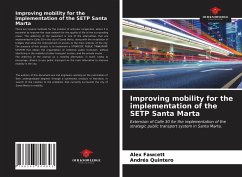
Elevator Traffic Handbook
Theory and Practice
Versandkostenfrei!
Versandfertig in 1-2 Wochen
151,99 €
inkl. MwSt.
Weitere Ausgaben:

PAYBACK Punkte
76 °P sammeln!
This covers all aspects of the traffic design and control of vertical transportation systems in buildings, making it an essential reference for vertical transportation engineers and other members of the design team. A unique and well-established book, this much needed new edition features extensive updates to technology and practice, drawing on the latest international research.













